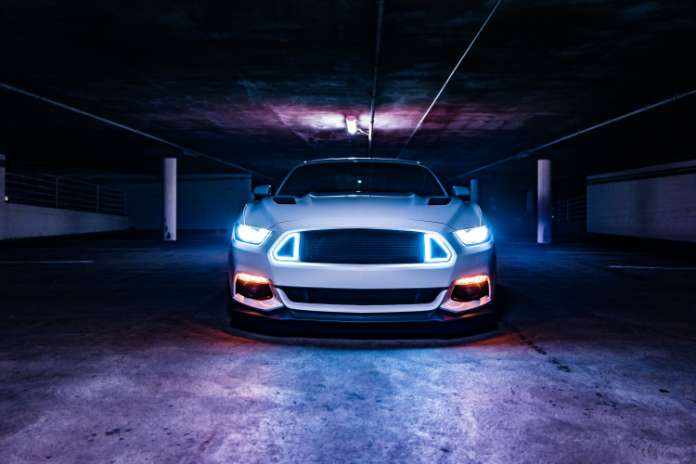Elon Musk has long been a visionary in the automotive industry, particularly with his ambitious plans for Tesla’s autonomous vehicle fleet. The idea of self-driving robotaxis has captured the imagination of both investors and technology enthusiasts alike. However, recent developments suggest that Musk may be reevaluating his strategy for Tesla’s robotaxi initiative.
Tesla (NASDAQ:TSLA) initially promised a fleet of fully autonomous vehicles by the end of the decade, aiming to revolutionize urban transportation. These robotaxis were expected to reduce the need for personal car ownership, decrease costs for consumers, and increase Tesla’s profitability through ride-sharing services. The concept was not just about technological advancement but also about reshaping the transportation landscape.
Despite these grand plans, progress toward fully autonomous vehicles has been slower than anticipated. Tesla’s Autopilot and Full Self-Driving (FSD) features have faced regulatory hurdles and criticism regarding safety and reliability. Musk’s timeline for achieving full autonomy has been pushed back multiple times, leading some analysts to question whether the goal is attainable in the near future.
One significant challenge is the complexity of developing a reliable self-driving system that can handle diverse driving conditions. While Tesla’s vehicles are equipped with advanced sensors and cameras, achieving true Level 5 autonomy — where a vehicle can operate without any human intervention — remains a formidable task. This involves not only technological innovation but also navigating regulatory landscapes that vary across regions.
Moreover, the competition in the autonomous vehicle space has intensified. Companies like Waymo, a subsidiary of Alphabet (NASDAQ:GOOGL), and General Motors’ Cruise division are making strides in deploying their autonomous fleets. These competitors benefit from extensive testing and partnerships with various stakeholders, potentially giving them an edge over Tesla.
In response to these challenges, Musk has hinted at a shift in focus. Instead of relying solely on robotaxis, Tesla is exploring other avenues to generate revenue and enhance its product offerings. This includes expanding its energy business, developing new vehicle models, and improving existing technologies like battery efficiency.
While the dream of Tesla’s robotaxis taking over city streets may not be as imminent as once thought, the company’s ongoing innovations continue to shape the automotive industry. Tesla’s dedication to sustainable energy and cutting-edge technology ensures that it remains a key player in the future of transportation.
Footnotes:
- Tesla’s Autopilot and Full Self-Driving (FSD) features have encountered regulatory scrutiny in various jurisdictions. Source.
- Competitors like Waymo and General Motors’ Cruise are advancing their autonomous vehicle technologies significantly. Source.
Featured Image: Unsplash @ introspectivedsgn



